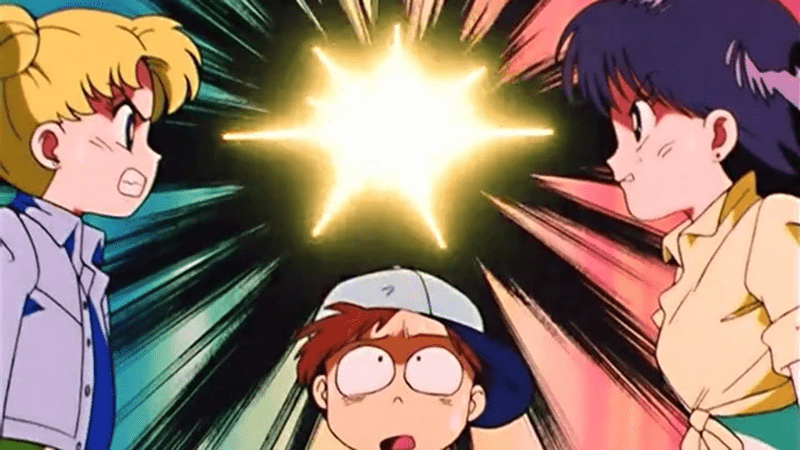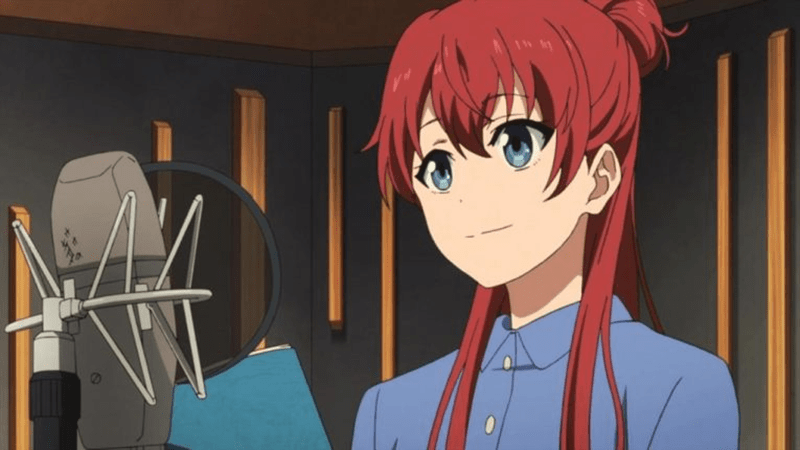
It’s the eternal question — even more eternal than which girl is Best Girl. Subbed or dubbed? The answer is, of course, simple. Anime should be watched in whatever format is most enjoyable and accessible for whoever is currently watching. But, of course, that’s not the real focus of the subs vs dubs war.
Deep down, it’s a question of which is better. Who actually wins? And the answer there — is us. Because over the last few decades, the things that kept this debate afloat have been becoming rarer and rarer. This fight is long over, and we’re the ones who win.
Cost-Effectiveness

Back in the times of VHS tapes, “subs vs dubs” wasn’t just a simple question of what to select on the Settings screen. It was a financial decision, too.
Buying anime on home video meant acquiring specifically the subtitled or dubbed tape, full stop. More often than not, you owned only one or the other — making the sub/dub divide even clearer across different people’s collections. If your local shop only had Slayers Volume 2 dubbed, you bought it dubbed or you didn’t buy it at all. And, at least in this writer’s hometown, subtitled tapes always cost a few dollars more than dubbed tapes.
The advent of multiple audio tracks meant not only did you automatically have every version available to you on purchase, but the question of price or available of your preferred version was now obsolete.
Better Localization

One of the more heated points when debating subs vs dubs is accuracy. Subtitled anime is generally perceived to be more faithful translation-wise. This could be because of the availability of translators’ notes. Or it could be because dubbed anime often went on television, and thus became subject to alterations. In actuality, both subs and dubs are equally likely to have faithful translations. It’s a matter of localization staff, not language.
However, fans learning more over the years has resulted in feet being held to fires. If a translation is inaccurate, regardless of format, it’s called out immediately. Not all complaints are accurate by default, of course. But as anime grows in popularity and fans learn more about Japanese language and culture, fans are more likely to seek out accurate localizations. That applies not only to the translation itself, but to presentation.
Accessibility

The subs vs dubs debate falls even further in the face of accessibility. Fans of subtitles get to see simulcast, and fans of high-profile shows might even get simuldubs. And if not simuldubs, then dubs that are often turned out at an impressive rate. Plus, more effort is being made (especially in the wake of hits like KONOSUBA) to make sure localizations are not only accurate, but just plain good.
The answer to “subs vs dubs” has always been “whatever each person prefers.” That’s never changed. But with both becoming better, cheaper, and easier to obtain, there’s really no point in debating which one is “right” or “best.” We have easy access to multiple styles of localization, meaning that it’s easier than ever for everyone to watch what they love. And that’s the big win.






